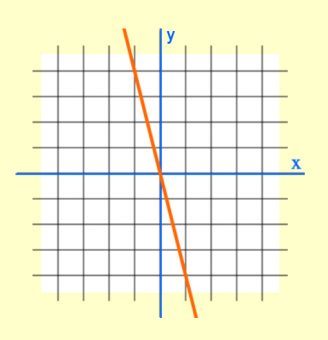 The MTEL exam was designed to ensure that educators have the academic preparedness to succeed in a school community. You’ll need both academic proficiency and professional communication skills. Qualifying scores on the required tests indicate that you are knowledgeable in your respective areas of expertise and able to communicate clearly with students and their parents or guardians. Understandably, passing such all-encompassing tests is a challenge that requires teacher candidates to prepare thoroughly. Here is some advice on how best to prepare.
The MTEL exam was designed to ensure that educators have the academic preparedness to succeed in a school community. You’ll need both academic proficiency and professional communication skills. Qualifying scores on the required tests indicate that you are knowledgeable in your respective areas of expertise and able to communicate clearly with students and their parents or guardians. Understandably, passing such all-encompassing tests is a challenge that requires teacher candidates to prepare thoroughly. Here is some advice on how best to prepare.
Understand the Process
Familiarize yourself with the state requirements and gather relevant material in your subject area. Look at the MTEL Test Information Guide and Test Objectives for information on each kind test. You’ll find samples of “weak” and “strong” essay answers, multiple choice practice tests, and thorough question analyses. With these resources, you should have a better understanding of the expectations for passing each test.
Establish a Timeline
Think ahead before you register for your test. You don’t want to make the mistake of registering for the Communication and Literacy Skills exam and the content test on the same day. You’ll need time to study for each one separately. Also, plan to take the MTEL CLST well in advance of your application for admission to a program. You’ll be notified of your score six weeks after taking your test, and you’ll want to allow time to retake the test if necessary.
Begin Smart, Purposeful Preparation
The right MTEL prep courses can help you establish your plan of action. Consider taking a practice test which offers a realistic picture of where you stand and where you need improvement. The best trial tests are timed, adhere closely to the test objectives stated on the MTEL website, and follow the correct format. Taking a rigorous trial test in an environment you simulate to duplicate the actual testing site can make you more prepared on test day. Part of the challenge of the MTEL is dealing with the anxiety. A couple timed tests, and you’ll be much more relaxed with required test pace. Then, don’t ignore your test results. Tackle your weak spots. Refer back to specific college courses, follow a prep course, or conduct your own research to learn more about the objectives you need to master.
If you follow these rules, you’ll be in a good position to pass the MTEL and get started with your career. Good luck!




